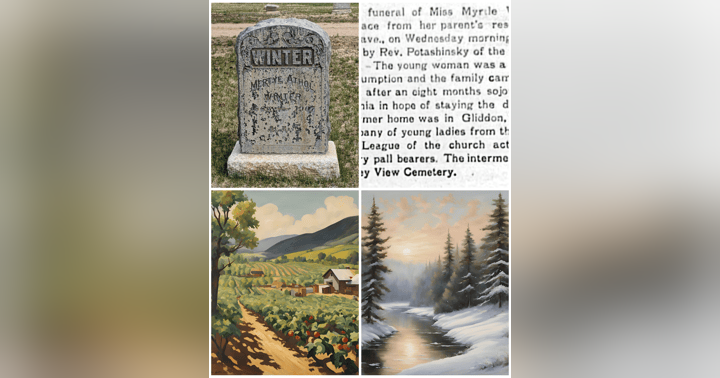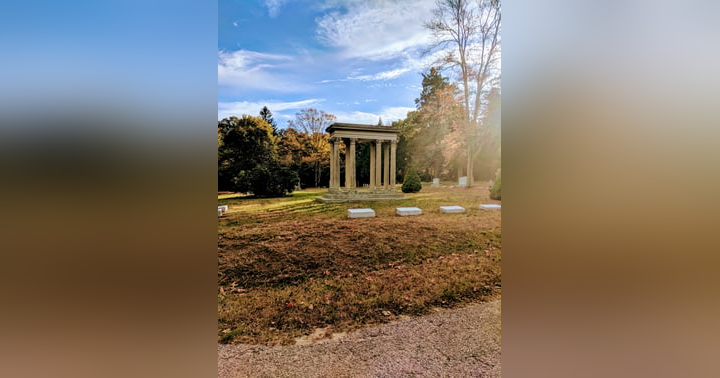Telling the Tales of Tradition: Bessie Visaya's Legacy in the Alaska Native Sisterhood

On November 5, 1912, a group consisting of eleven men from Alaska's Native community and one woman from Alaska Native descent joined forces to establish the Alaska Native Brotherhood (ANB). The primary objectives of the ANB revolved around fostering unity among Native individuals, attaining U.S. citizenship, eradicating racial bias, and ensuring fair economic opportunities. They sought to accomplish these goals by advocating for the acknowledgment of indigenous land rights and mineral ownership, as well as safeguarding the preservation of salmon populations.
The ANB drew inspiration from the Arctic Brotherhood, a fraternal association composed of non-Native individuals, which operated as a structured fishing union and vigorously advocated for Alaskan congressional representation. ANB's presence extended to multiple Native communities through local chapters referred to as "camps," while a central coordinating body called the Grand Camp facilitated effective communication and organization among ANB representatives, keeping them updated on political events. Each November, all camps convened for the annual convention.
During that era, the Native population was viewed as dependents under the care of the U.S. government. This perception spurred the leaders of the Alaska Native Brotherhood to advocate for full citizenship and the associated privileges. As the ANB gained momentum, its leadership grew more confident in the organization's ability to shape Alaskan political dynamics.
Bessie Visaya played a pivotal role in the establishment of the Alaska Native Sisterhood (ANS) Camp No. 2. Born on July 17, 1898, at Norway Point in Juneau, she was the daughter of Mary Tsa-Tate from the Auk Tribe and George Edwards Sr. from the Killer Whale House in Klukwan. Bessie married James Miller, a miner who died of a heart attack in 1944. She later married Ted Visaya, a Filipino immigrant and fisherman.
Bessie, also known as Kach-Goon in her Tlingit heritage, possessed a deep appreciation for preserving her tribal culture and actively engaged in sharing this knowledge. She embarked on a door-to-door campaign, reaching out to Tlingit women, inviting them to join and forming the ANS Camp in 1926.
Following her election in 1985, Visaya assumed the esteemed position of Grand President Emeritus, a lifelong title she held. Albert Wallace, Visaya's grandson and a traditional tribal chief, highlighted her role as a historian, recounting the depth of her knowledge regarding ancestral traditions. With great proficiency, she shared insights into the ways of old. Wallace emphasized that Visaya's remarkable reputation and her endeavors fostered enduring friendships for their people, earning her widespread respect and admiration throughout Southeast Alaska. Recognizing her significant contributions, Wallace attested that Visaya played a crucial role in cultivating a deep appreciation for Tlingit art.
Bessie died on January 9, 1996 and was laid to rest at Evergreen Cemetery in Juneau, Alaska. Her headstone reads, "Bessie E. Visaya - Kach-Goon. 1898-1996." Pictured on her grave are three Tlingit animals, the Raven, a Salmon, and a Frog as well as a small Christian cross. In Tlingit tradition, Raven is the creator of Earth and Man and provided man with fire. He is able to transform between the human and animal worlds. Raven is also seen as a trickster. Salmon is extremely important to Tlingit culture as it was (and still often is) a primary source of food. Salmon symbolizes abundance, fertility, prosperity and renewal. The Frog represents persistence and the Frog People play a pivotal role in some of the earliest Tlingit stories.
Photo: Evergreen Cemetery - Juneau, Alaska
https://www.theordinaryextraordinarycemetery.com/
#TuesdayTidbit #Alaska #tlingit #BessieVisaya #Indigenous #IndigenousPeoples #cemetery #cemeteries #cemeteryphotography #juneaualaska















